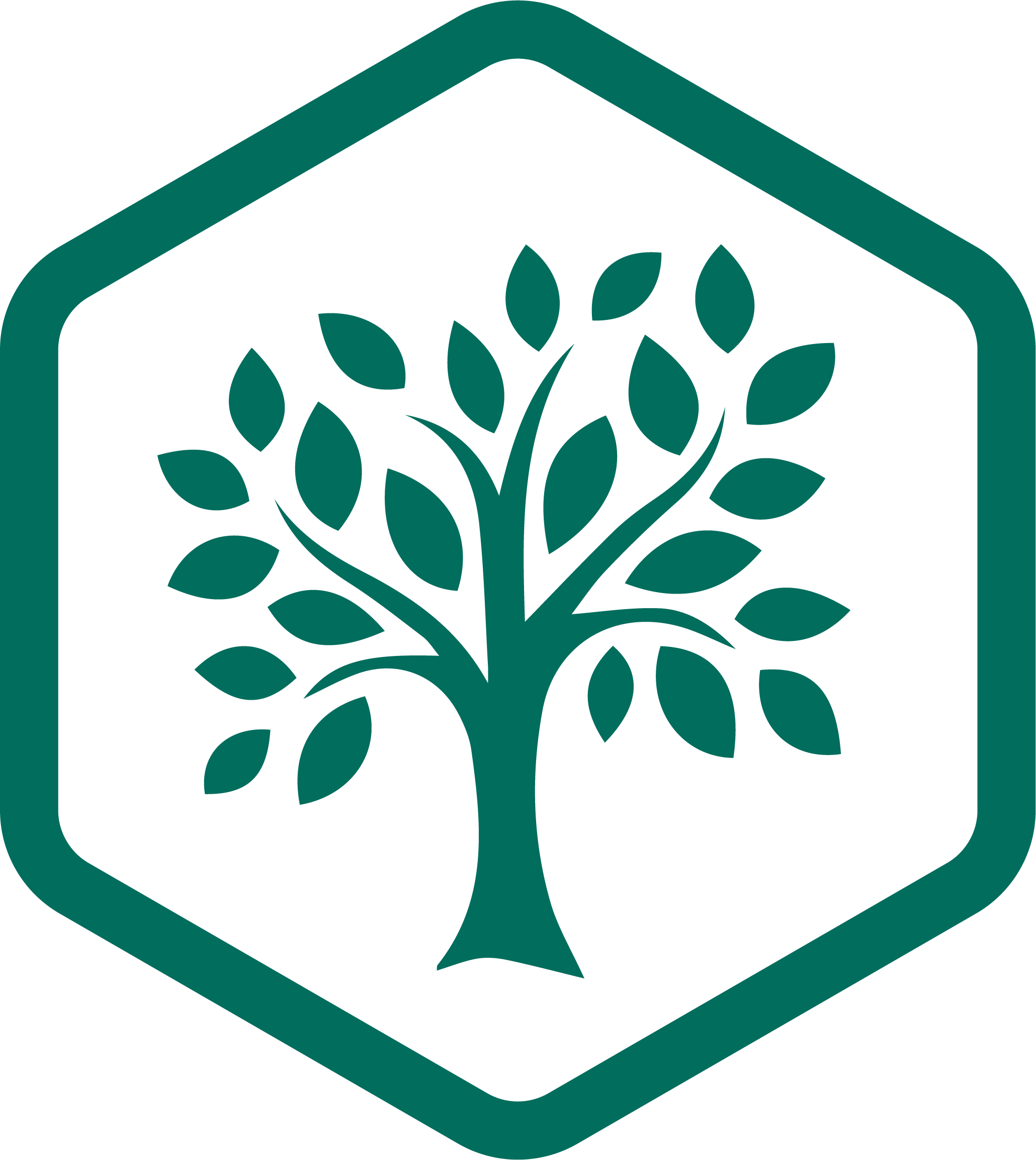2: Terminology Standards and Tools
MeSH
The MeSH (Medical Subject Headings) thesaurus is a controlled vocabulary produced by the NLM and used for indexing, cataloging, and searching for biomedical and health-related information and documents. MeSH includes the subject headings appearing in MEDLINE/PubMed, the NLM Catalog, and other NLM databases. MeSH is also used by ClinicalTrials.gov to classify which diseases are studied by trials registered in the database.
MeSH provides a consistent way to find content with different terminology but the same concepts.
For example, "Neoplasm" is the MeSH term for "cancer."
MeSH organizes its descriptors (main headings) in a hierarchical structure so that broad searches will find articles indexed more narrowly. This structure also provides an effective way for searchers to browse MeSH to find appropriate descriptors. Many synonyms, near-synonyms, and closely related concepts are included as entry terms to help users find the most relevant MeSH descriptor for the concept they are seeking. In NLM's online databases, many terms entered by searchers are automatically mapped to MeSH descriptors to facilitate retrieval of relevant information.

MeSH descriptors are organized in 16 categories, for example:
- A. Anatomy
- B. Organisms
- C. Diseases
- D. Chemicals and Drugs
- etc.
Each category is further divided into subcategories. Within each subcategory, descriptors are arrayed hierarchically from most general to most specific in up to 13 hierarchical levels. Because of the branching structure of the hierarchies, these lists are sometimes referred to as "trees." Each MeSH descriptor appears in at least one place in the trees and may appear in as many additional places as may be appropriate. Those who use MeSH should find the most specific MeSH descriptor that is available to represent each concept of interest.
For example, articles concerning Streptococcus pneumoniae will be found under the descriptor "Streptococcus Pneumoniae" rather than the broader term Streptococcus, while an article referring to a new streptococcal bacterium which is not yet in the vocabulary will be listed directly under Streptococcus. Accordingly, the user may consult the trees to find additional terms which are more specific than a given heading, and broader headings as well.
For example, under Abnormalities, there are specific abnormalities:
Congenital Abnormalities C16.131 Abnormalities, Drug Induced C16.131.042s Abnormalities, Multiple C16.131.077 22q11 Deletion Syndrome C16.131.077.019 DiGeorge Syndrome C16.131.077.019.500
References
"Medical Subject Headings." U.S. National Library of Medicine, National Institutes of Health, www.nlm.nih.gov/mesh/meshhome.html.
"MeSH Browser." U.S. National Library of Medicine, National Institutes of Health, https://meshb.nlm.nih.gov/.